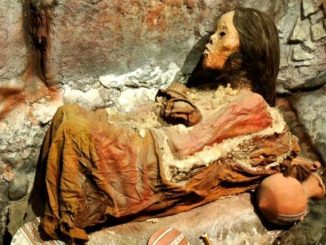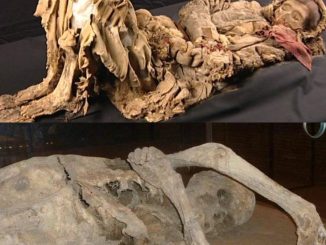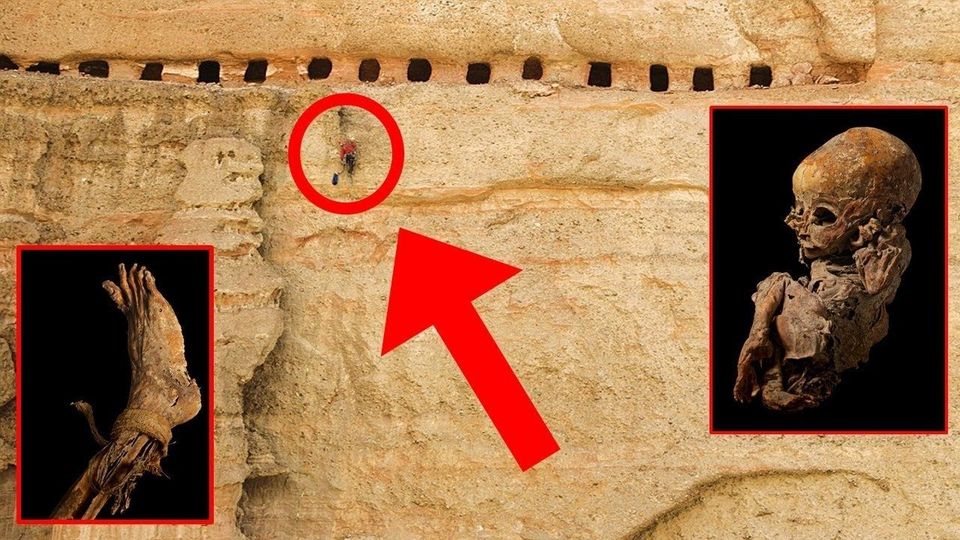
A fascinating discovery has birthed an ongoing historical mystery spanning thousands of years.
Way back in May 1897, two labourers working in Yde in the Netherlands came across the excellently preserved body of a girl while dredging out a peat bog.
This is, of course, ‘excellent’ by archeological standards. Looking at the body, she’s clearly got a bad case of the ‘being buried in a bog for thousands of years’, but by archaeological standards, she is in incredible condition.
One thing which does stick out is that despite the body being shrunken and mummified, her fiery red hair looks like it was about to be swept up from the hairdresser’s floor.
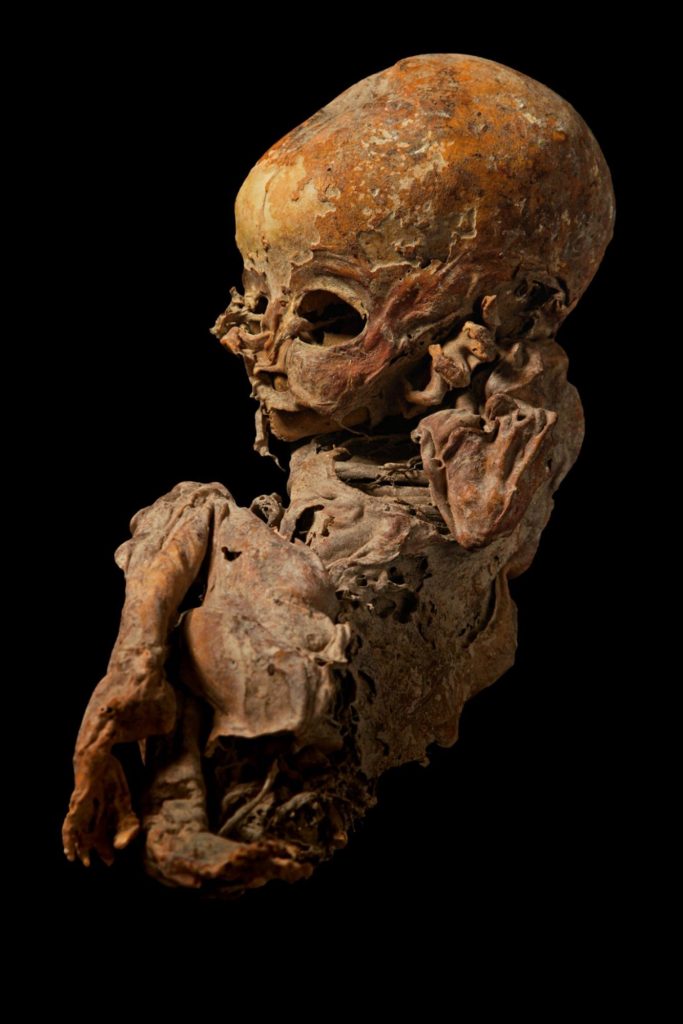
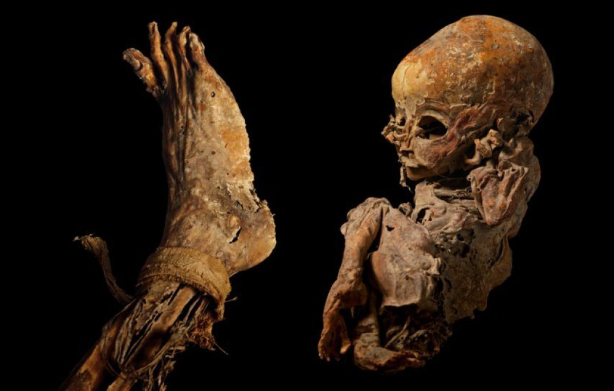
The preserved body of the girl. Credit: Wikimedia Commons
The workers were understandably terrified by their discovery. However, when the corpse was excavated, even more chilling facts emerged about the ill-fated girl.
They found that there was a slipknot tied around the girl’s neck, as well as what appeared to be a stab wound on her neck. Half of her hair had also been shorn off, and her teeth were missing. All this pointed to her having met a violent death.
Eventually, the local mayor ordered the remains to be gathered up and placed in the museum for examination and research. Unfortunately, it took some time for more light to be shed on this harrowing discovery.
It took further technological development to find out more. Credit: Wikimedia CommonsFurther research showed that she had been around 16-years-old when she died at some point between between 54 B.C. and 128 A.D. The evidence also indicated that she had suffered from a severe case of scoliosis and was about four and half feet tall.One grisly theory suggested that this may have been a factor in her premature death.It’s still not clear exactly how the girl died, however, Dr. Roy van Beek of Wageningen University has posited some theories.He said: “Two theories have been reported. The first of those states that it involves people who were not living according to the customary rules. Bog bodies were maybe people, who were convicted criminals or found guilty of adultery. The second, more widely spread explanation is that it is about dedicating sacrifices to a higher power.”He added: “We do know now that the landscape was a mosaic of remnant forests on higher grounds and low-lying fens, of pastures and Celtic field systems.“People settled on the ground moraine ridges that would stay dry all year around. The girl may have originated from a nearby settlement on the Yde ridge.
“Her body was left in a small and relatively shallow bog at a distance or around one kilometer.”

